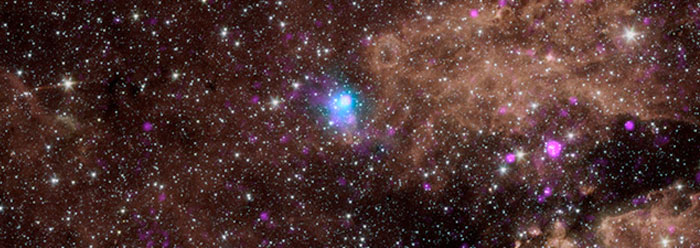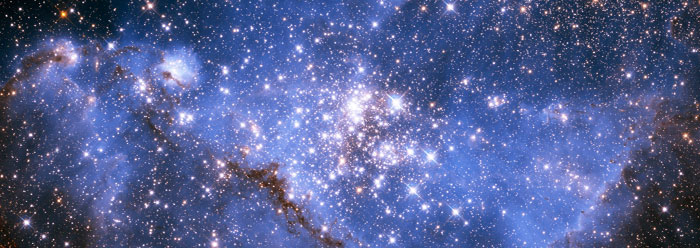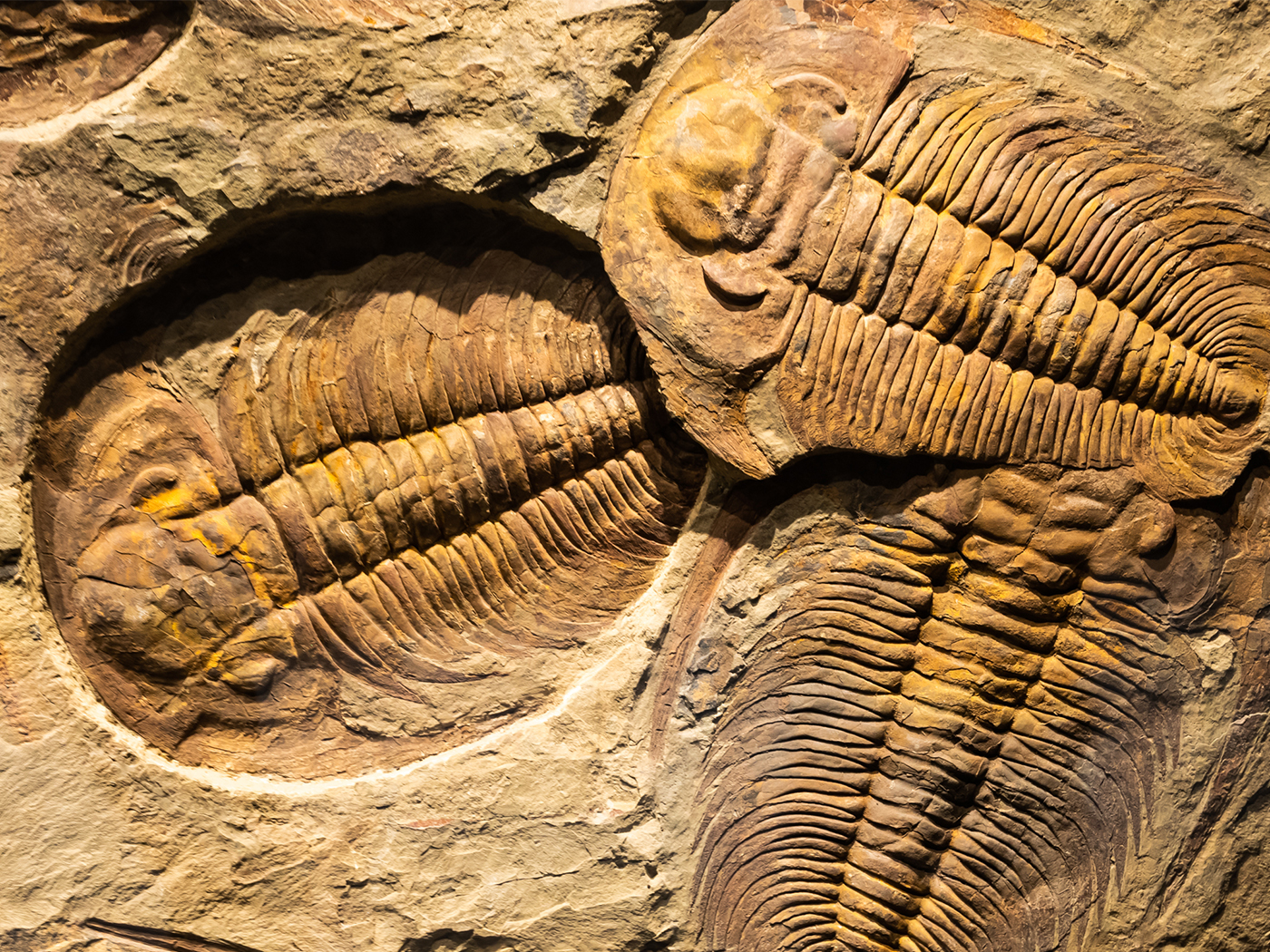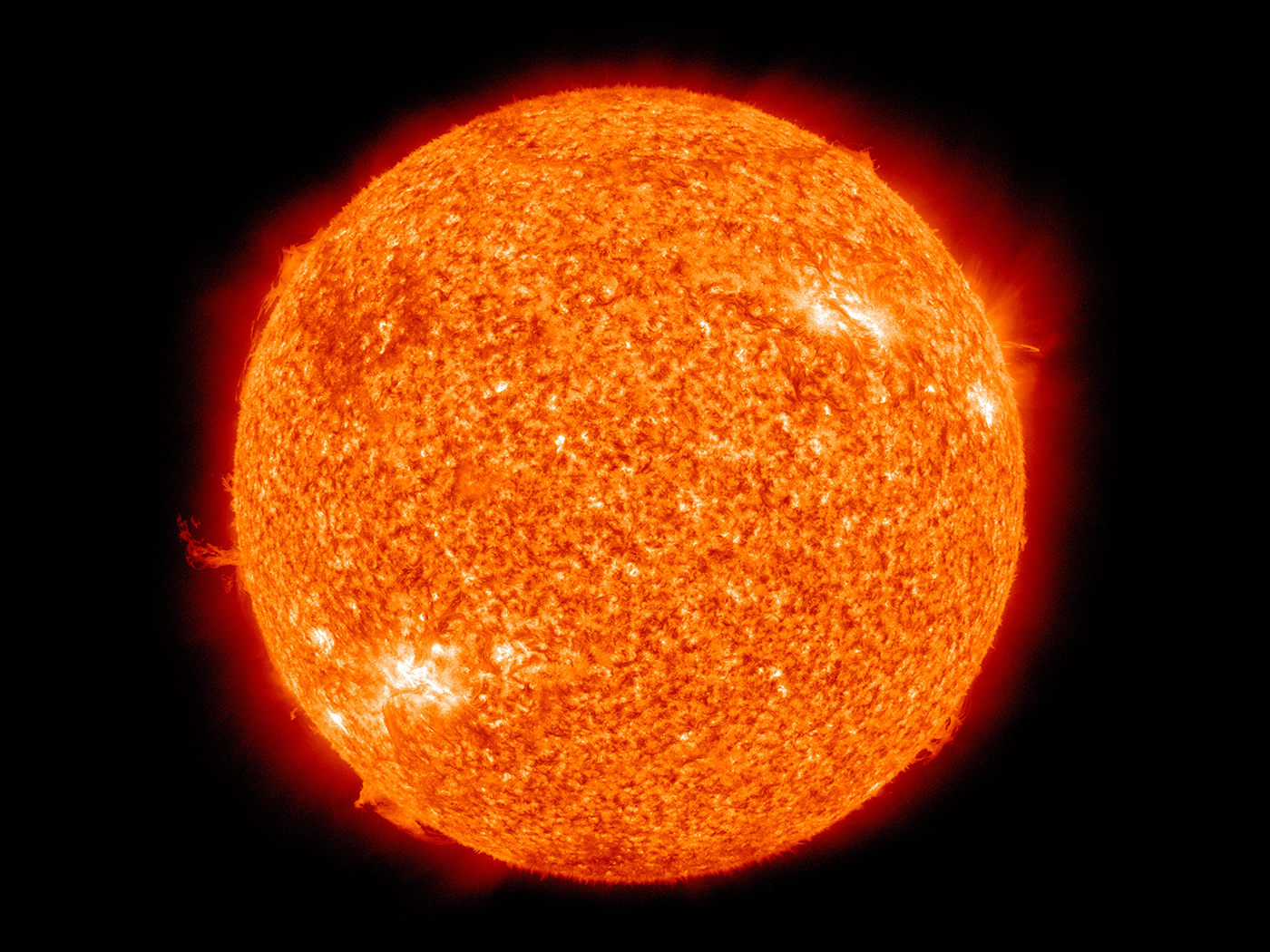What are the odds that life somehow self-generated? Many experiments have shown that the likelihood of just the right chemicals combining by chance in just the right proportions, orientations, and sequences to form even the simplest cell on Earth is so close to zero that some origin-of-life researchers have punted the possibility to some distant unknown planet.1 But a new study of gamma-ray burst frequency estimates has eliminated the possibility of life on other planets.
Astronomers have witnessed gamma-ray bursts (GRBs)—lasting from just fractions of a millisecond to several minutes—as the brightest explosions in the universe. The blasts' lethal energy output shreds any nearby biological molecules, whether in a functioning organism or somewhere in a planet's environment.
Two astronomers, Hebrew University of Jerusalem's Tsvi Piran and University of Barcelona's Raul Jimenez, found that GRBs should have repeatedly sterilized most places in the universe, every so often annihilating any chemical concoction that may have been headed toward life. The new report appears in the online repository arXiv.org.2
Not that chemicals ever could or would build toward life anywhere anyhow. As physicist Jake Hebert recently wrote, “While the laws of physics and chemistry in our universe do indeed allow life to exist, they do not allow life to evolve. The laws of physics and chemistry simply are not favorable to the evolution of life.”3
Adding to natural laws that already prevent life from evolving from chemicals—for example by reacting with oxygen, interacting with water, or intersecting with the same radiation on which life through photosynthesis depends—GRBs now also stand firmly in evolution's way.4
Assuming evolutionary time, Piran and Jimenez calculated a fifty percent chance that a life-ending GRB should have blasted Earth in the last 500 million years, and a greater than ninety percent chance of a deadly zap in the last 5 billion years. They wrote,
Using also the latest determinations of metallicity [i.e., high levels of elements other than hydrogen and helium] of stars in the Milky Way and those of LGRB [Long Gamma Ray Burst] hosts, we concluded that the likelihood of a GRB producing life extinction on Earth is high. Taking the same lethal dose for extraterrestrial life as for life on Earth we have found that GRBs and in particular LGRBs are life threatening in a large part of the Milky Way as well as in many other locations in the Universe.2
In other words, not only should gamma-ray bursts have exterminated virtually all hope of life elsewhere in the universe, but—assuming evolutionary time—these bursts should have also exterminated life on Earth.
Yet here we live. The expected lethal GRBs did not happen. This odd dilemma is no problem for biblical creation, which does not carry the twin burdens of billions of years and the spontaneous generation of life.
References
- See citations in articles at: Only God Could Have Made Cells. Institute for Creation Research.
- Piran, T., and R. Jimenez. On the role of GRBs on life extinction in the Universe. Cornell University Library. arXiv.org. Submitted September 8, 2014 accessed October 21, 2014.
- Hebert, J. 2012. A Universe from Nothing? Acts & Facts. 41(7): 11-13.
- Thomas, B. The Incredible Hulk Theory of Life in Space. Creation Science Update. Posted on icr.org August 19, 2009 accessed October 21, 2014.
Image credit: NASA/JPL-Caltech/SAO
*Mr. Thomas is Science Writer at the Institute for Creation Research.
Article posted on October 27, 2014.
























